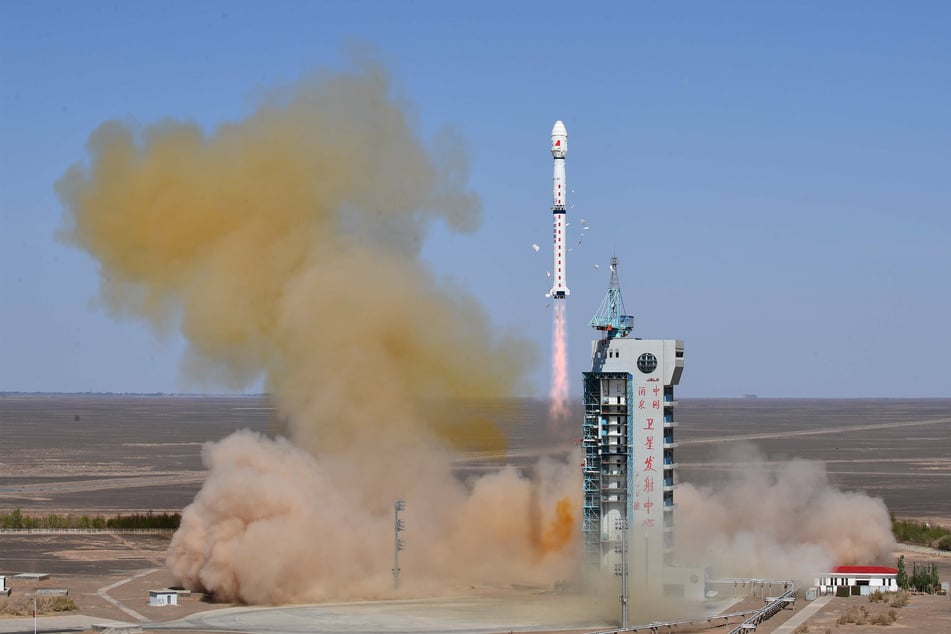A Chinese rocket falling back to Earth could cause a dangerous shower of debris!
Wenchang, China - Debris from a Chinese rocket threatens to fall to Earth in the next few days after it was used to launch the core module of China's new space station.

Space experts warned of an "uncontrolled" re-entry of the 20-ton main section of the launch vehicle into the Earth's atmosphere.
The design of the Long March 5B craft means that the main part could not be steered and had no trajectory to fall into the sea at a predetermined point.
Astrophysicist Jonathan McDowell of the Harvard & Smithsonian Center for Astrophysics in Cambridge in the United States said "we don't know where" the re-entry would take place. It would be "at worst like a small plane crash but stretched out in a line over hundreds of kilometers," he told DPA.
It was uncertain how many fragments would remain after re-entry, he said, "But enough to cause damage."
Since the main rocket stage orbits the Earth about every 90 minutes, it is uncertain exactly when and where it is likely to enter the atmosphere and partially burn up.
"The more likely possibility is the core stage will fall in an uninhabited place like Earth's oceans, which cover 70% of the planet," expert Andrew Jones also wrote on spacenews.com.
"The odds of a particular individual being hit by space debris are exceedingly low, once estimated at 1 in several trillion."
Launch criticized for "negligent" approach

Debris had fallen in the West African nation of Ivory Coast just six days after the first flight of the Long March 5B in May 2020, damaging several homes in villages.
It was the largest craft to crash to Earth since the US space laboratory Skylab in 1979.
NASA had described the event as "very dangerous" at the time. The rocket stage had flown over the United States shortly before.
McDowell criticized China's new rocket for not meeting today's standards. Other countries have made sure that the bulk of their missiles did not stay in orbit, but were put on a trajectory to crash specifically into the sea.
"With the Long March 5B... China did not take either of these approaches, it designed the core stage to just stay in orbit and re-enter at some random place a week later thanks to atmospheric drag," he said. "This design approach is negligent by comparison with the current standards of other countries."
The rocket had successfully launched the 22-ton core space station module Tianhe (Heavenly Harmony) into space last Thursday. This marked the start of the nation's construction of its own space station.
More launches of the Long March 5B are planned for the construction of the station, with at least two more 22-ton modules to be launched into space and attached together.
The station is to be completed "around 2022" and then adopt the name Tiangong (Heavenly Palace).
If the technically outdated International Space Station (ISS) ceases to operate as planned in the coming years, China will be the only nation to operate a permanent outpost in space.
Cover photo: IMAGO / Xinhua
